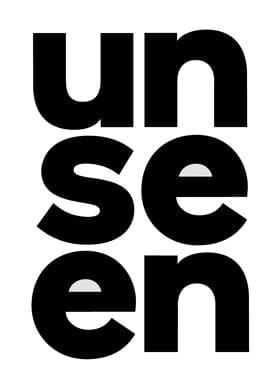For the 2024 edition of Unseen Photography Fair in Amsterdam Dürst Britt & Mayhew is proud to present a selection of recent works by Raúl Ortega Ayala from his research project on the Carribean Island of Montserrat.
The island has a long colonial history, but in the 20th century turned into a vacation destination mostly for British citizens visiting their overseas territory. In 1989 a hurricane devastated large parts of the island. In 1995 a previously dormant volcano erupted. Its ashes buried numerous sites around the island, including the capital city of Plymouth, creating a large uninhabitable exclusion zone that spans more than half of its territory to the south.
Ortega Ayala visited different sites within the exclusion zone and kept running across objects that contained sounds or that had a connection with its production. He found out that George Martin, who was the producer of the Beatles, had opened an avant-garde recording studio called Air Studios Montserrat, after falling in love with the island during a visit in 1979. For over a decade more than seventy albums were recorded either partly or entirely at Air Studios, by well-known rock and pop musicians like Lou Reed, Paul McCartney, The Police, Elton John, Duran Duran, Eric Clapton, Dire Straits, Black Sabbath, and The Rolling Stones, amongst others. Ortega Ayala also focused on other buildings on the island where music played an important role, such as churches where pipe organs and choral singing sounded until the volcanic eruption.
Additionally Ortega Ayala made microscopic images of various gramophone records he found on Montserrat among the settled dust and rubbish. These images evoke an eerie landscape of clear lines, inexplicable scattered drops and abrupt breaks.
In memory of Jacqueline de Jong (1939-2024) Dürst Britt & Mayhew will also present a selection of works from her seminal photography-based 'Potato Blues' series.
Inspiration for this series was De Jong's delight in the strange sprouted forms that a humble potato can take on. After their harvest they are left to dry for a long period of time, during which they produce sprouts, flowers, and bulges, before finally drying out completely. Only after this long natural process of transformation are they ready to be modified into precious objects or paintings.
The lives of De Jong’s potato works started in the soil of her 16th century house in the Bourbonnais in France, where in 1996 she planted a vegetable garden. It was only in 2003 that she discovered some old potatoes in the cellar of her house. Their sprouts made her think of crazy horses or long cat’s hair and she felt that these potatoes could prove an interesting material to work with. Collector of artists’ jewellery Clo Fleiss asked her to create a piece, which led to the ‘Pommes de Jong’ series in 2008. For this series selected dried out potatoes were dipped into a bath of gold or platinum, which fixated them and preserved them for ‘eternity’ as a sort of ‘sculpture trouvée’.
In August 2016, Jacqueline de Jong and onestar press in Paris published “La Psychogeographie des pommes de terre”: Potato Blues. This artist’s book compiles reproductions of black and white photographs of De Jong’s garden and potatoes in various stages of sprouting. For the publication the photographs were retouched by the artist with a black felt pen. Additionally De Jong enlarged and transferred selected photographs onto canvas and augmented these with oil sticks and nepheline gel. Suddenly animals, landscapes and monsters – part of the artist’s vocabulary since the early 1960s – seem to emerge upon the surface of the paintings. The titles of the works are funny, zany reinterpretations of the names of the different varieties of potatoes.
Works from Jacqueline de Jong's 'Potato Blues' series are included in various private and public collections including Musée Les Abattoirs in Toulouse, France, New Art Dealers Alliance (NADA) collection, New York and the LAM Museum in Lisse, Netherlands.



